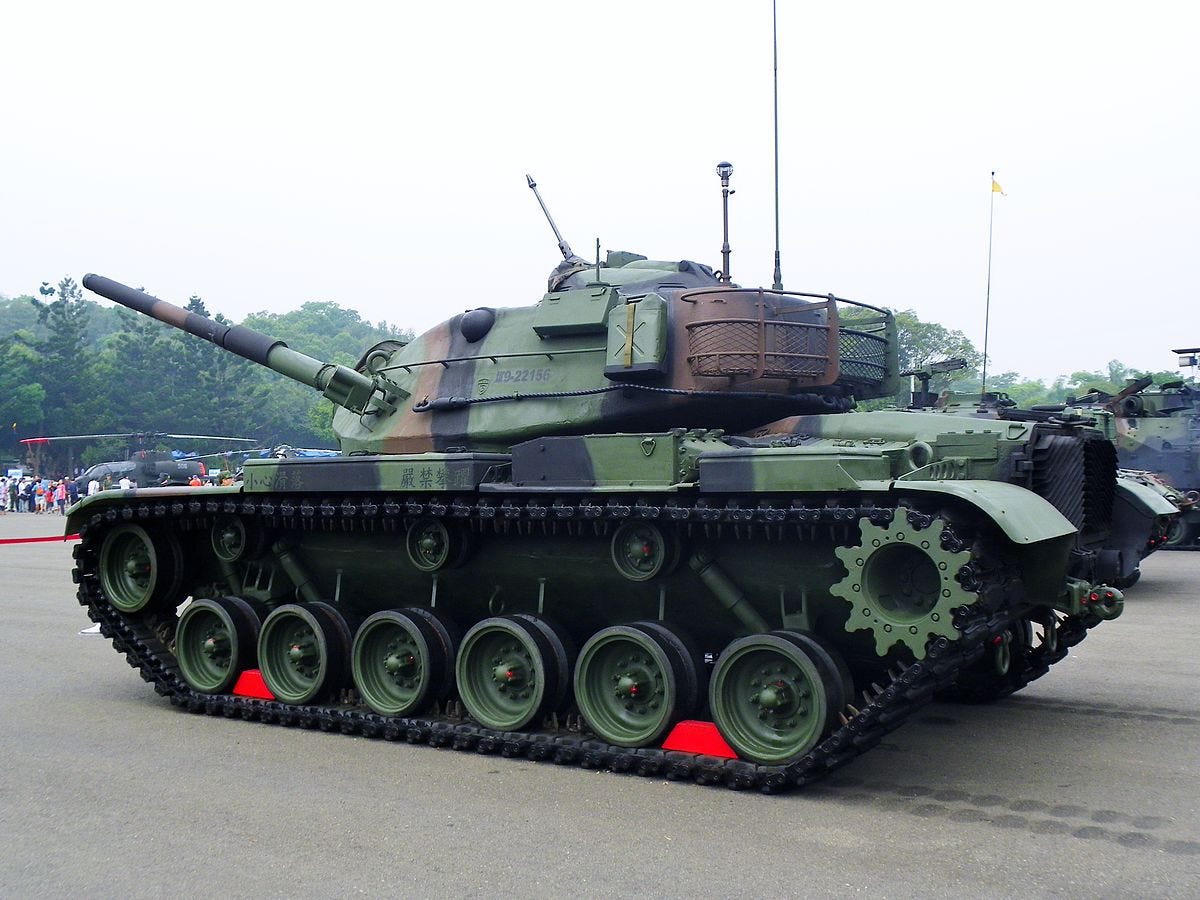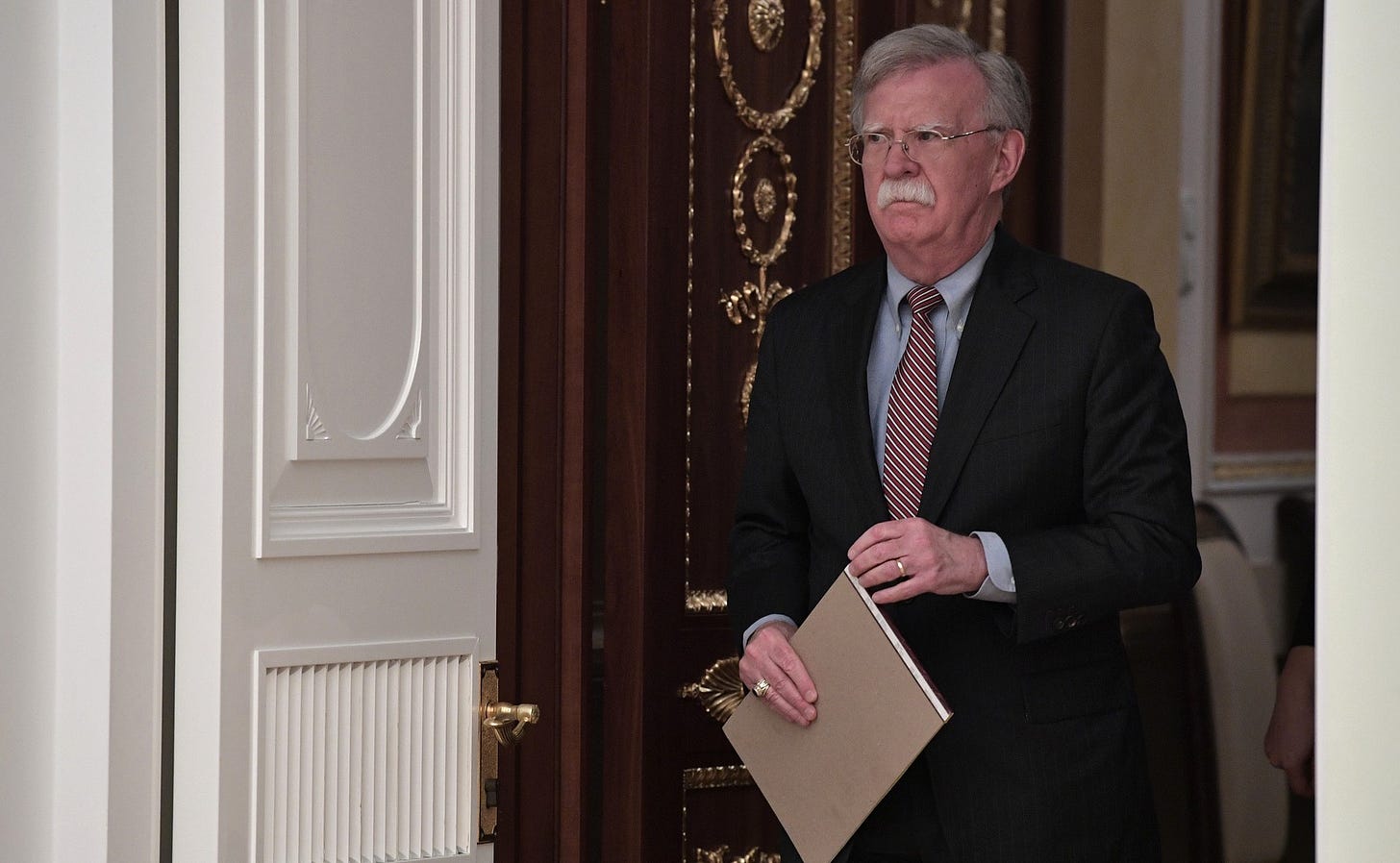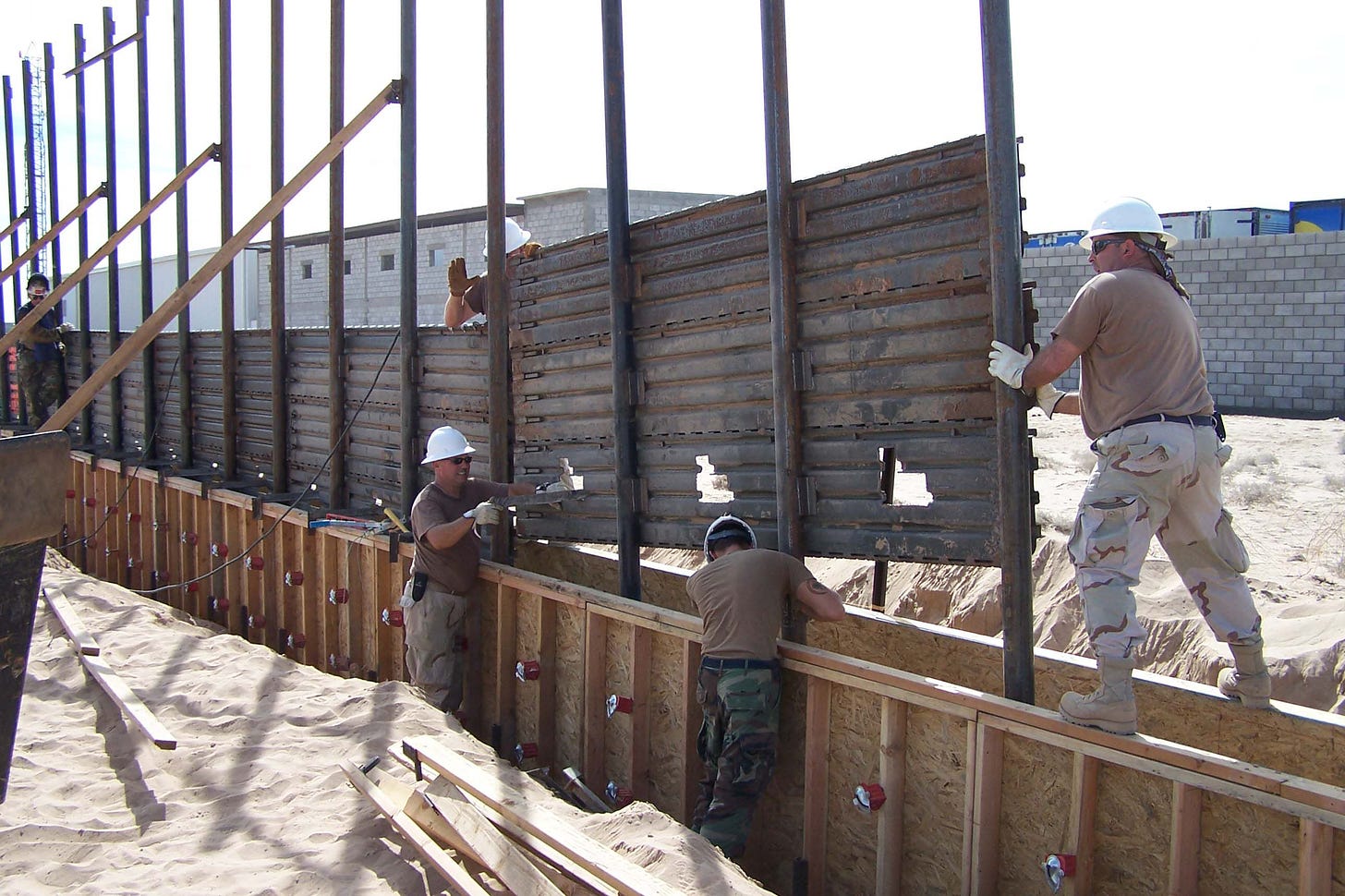Political Disruption - June 2019
Escalating US-China conflict, de-escalating Iran, Mexico tariffs
Tuesday, June 11, 2019
Political Disruption brings you insights on how the fast-changing global political environment is creating political disruption of business.
Good Morning!
This month we discuss the escalation of the US-China trade conflict and whether a military escalation might follow. We then go to Mexico to see how the new tariff threats of the US might have repercussions for other states negotiations with the Trump administration. For some good news, we have to go to Iran (surprisingly) where tensions with the US were dialled down a little.
Welcome to Political Disruption in June!
Hans Diels
1. US-China trade, can it get even worse?
Business risk: High risk for US firms (tech and non-tech) operating in china or selling in the Chinese markets and all firms supplying these firms. High risks for firms worldwide that use Chinese technology and have strong links to the US.

Huawei Mate smartphone. Credits: Kārlis Dambrāns
Yes it can get worse! President Donald Trump escalated his trade war with China earlier this month, ramping up tariffs on about $200 billion of Chinese goods, prompting Beijing to retaliate with further duties of its own. Trump and his counterpart Xi Jinping are expected to meet again at the end of June for the G-20 summit. Some analysts predict a resolution during the summit, but we expect no significant progress.
To make things worse. Washington blacklisted Huawei, barring US companies from selling to the group. This will probably affect about 1,200 US suppliers to the telecom group. Google has already stopped providing some hardware and services to Huawei. Huawei fights back by initiating a lawsuit in the US, arguing the blacklisting is unconstitutional.
The Chinese fight back. by raising the issue at a meeting of the WTO market access committee, arguing the ban is against WTO rules. They also threatened to use rare earth export controls to hurt the US. Rare earth are (not so rare) materials that are essential for modern electronics and which are mainly produced in China (more than 80% of global production). In 2010 China used an (informal) rare earth export ban in a conflict with Japan over a Chinese fishing boat that was caught by the Japanese coastguard in disputed waters.
China also put its purchases of US soybeans on hold. Purchases were resumed earlier as a goodwill measure after the US and China seemingly agreed on a truce in their trade conflict in December last year. In this way, they directly strike the American mid-west, core Trump country, that has been suffering hard from the retaliation in the trade wars by numerous countries. Profiting the most are Brazilian soybean farmers.
China is also retaliating by warning students and tourists of the risks of studying in and travelling to the US. This could be a huge financial drain for US universities and the tourism sector with more than 300 000 Chinese studying in the US and tourists spending almost $40 billion in 2018.
US companies fight back. More than 170 US footwear companies wrote a letter to the President to argue that the additional 25% tariffs on Chinese imports would be:
catastrophic for our consumers, our companies, and the American economy as a whole.
An IMF report made clear what most experts believe but what President Trump vehemently denies that it are US importers and not Chinese firms that are bearing the brunt of the tariff costs. In addition to US farmers that suffer most of the retaliation to the US new trade policies, the trade conflict seems to be creating more losers than winners in the US. Whether this will have an impact on US policies seems doubtful as the US President is extremely convinced of the contrary. His beliefs on trade policies date back to the 80s and are a small part of his ideas that don’t have changed over time.
Welcome to a fractured world. The technology sector is increasingly getting fractured between a US and a Chinese side. The software and internet sectors have known this bifurcation for a long time. The Great Firewall has for decades separated the Chinese internet from the rest of the world. Chinese internet service firms like Weibo have been able to grow overwhelming market shares because China blocks Western tech giants services like Google or Facebook. Now the physical side of the tech world that is strongly intertwined between the US and China has been drawn in the US-Chinese tech cold war. The blacklisting of Huawei, the pressure the US is exercising on its allies to join in the ban and the retaliatory measures China will take on US firms, all point to an icy summer in the tech world. Firms like Apple with a sizeable Chinese part in their supply chain seem especially vulnerable for retaliation. The same counts for other American firms with a large China operation like General Motors.
2. US-China, is a military escalation possible?
Business risk: Limited risk for those firms using transport routes through East Asian seaways.

US made M60A3 TTS Tank in Taiwan (Credits: 玄史生)
Mutual irritation continues. Tensions between the US and China are increasing on non-economic issues too. US Secretary of State, Mike Pompeo, stated on the commemoration of the Tiananmen square crackdown that:
China’s one-party state tolerates no dissent and abuses human rights whenever it serves its interests […] Today, Chinese citizens have been subjected to a new wave of abuses, especially in Xinjiang, where the Communist Party leadership is methodically attempting to strangle Uighur culture and stamp out the Islamic faith.
Both the thirty years Tianman crackdown and the treatment of Muslims in Xinjiang are very sensitive to the Chinese leadership.
The US House of Representatives voted the “Taiwan Assurance Act of 2019” supporting Taiwan and urging the US to sell arms to the island nation. The legislation has to pass the Senate before it becomes law. China warned the US over its arms sales to Taiwan and demanded that the US would scrap a plan to sell $2 billion of arms to Taiwan (tanks, anti-tank missiles and air defence systems) to “avoid serious damage”.
The US continued its freedom of operation actions and sailed two Navy ships through the Taiwan Strait on May 22. Around the same time, Taiwan conducted its largest military exercises in five years to “test its ability to repel an invasion of the island.“
China is also framing the US-China conflict as bigger than only trade. In a meeting with scholars from a US thinktank, Chinese officials ranted about how this was a clash of civilizations.
Beware of accidents. Neither side seems to have the intention to launch a military conflict but with increasing military activity, the risk of an accidental collision that could lead to an escalation in an environment of jingoistic rhetoric on both sides increases.
3. Iran, is it getting better?
Business risk: Lowered risk of military escalation and therefore decreased risk of disruption in the Persian Gulf. Sanctions risk remains the same.

Assistant to the US President for National Security Affairs John Bolton. (Credits: Kremlin, Russia)
Hawkish rhetoric. The United Arab Emirates told the UN Security Council that the attack on four oil tankers off its coast last month was most likely carried out by a state actor. While no specific country was mentioned, according to the Saudi ambassador responsibility “lies on the shoulders of Iran.” US National Security Advisor, John Bolton, continued his hawkish rethoric, stating that Iran “almost certainly” is behind the tanker attacks and that it’s seeking nuclear arms.
The calming voice of the President. At the same time, President Trump has dialled down his rhetoric, stating that he hoped Iran would negotiate a new nuclear deal and declaring that he is not seeking regime change in Tehran. Acting Secretary of Defense Patrick Shanahan send the same message, stating that:
I just hope Iran is listening. We're in the region to address many things but it is not to go to a war with Iran.
This all happens amid rumours that the President is increasingly unhappy with Bolton and that the National Security Advisor may be on his way out.
Would the Iranians talk if Trump called them? President Trump invited the Iranians to “call him” to sort out their issues. While Iran’s Supreme Leader Ali Khamenei stated that Iran would not negotiate with the US, President Hassan Rouhani has suggested that their countries should talk to lift sanctions.
However, the risk of misunderstanding remains. It seems that the recent increase (before the decrease) in tensions might have been caused by mutual misunderstandings where Iranian leaders believed the US was ready to attack and made preparations for a counterattack. These preparations were then observed by the US, which concluded that Iran was preparing to attack US forces. Similar misunderstandings and accidental escalation will persist as long as there is no more direct communication between the US and Iran and their respective militaries.
4. Is Mexico back on the menu?
Business risk: High risks for firms trading from Mexico to the US and medium risk form firms sellling from the US to Mexico of retaliation. Highly disruptive effect for automobile supply chains across the US-Mexico border.

U.S. Air Force airmen install a fence along the U.S.-Mexico border (Credits: DoD photo by Staff Sgt. Dan Heaton, U.S. Air Force.)
A few months after the US and Mexico (with Canada) concluded a trade deal, an update of the North American Free Trade Agreement, Mexico seems back in the crosshairs. The US President announced that he would impose 5 per cent tariffs on Mexican goods entering the US market until the Mexicans halt illegal immigration.
It’s not clear how hurting the Mexican economy will solve the immigration issue. However, it makes it very clear how tariffs are becoming a hammer for the US President with which he can hit any issue. By using tariffs out of the trade context, deescalation of trade wars becomes more difficult as there will always remain issues on which one disagrees, and that could (in this logic) lead to new tariffs.
It also makes it very clear to all states that would consider making concessions in trade negotiations that giving in to US pressure does not make them safe for another round of tariffs in the (near) future. If the bully continues bullying you once you have given your lunch money, what’s the point of doing it next time? The EU and China will think twice before giving in to US demands in the future.
Are the tariffs on or off? A few days after President Trump announced a deal with Mexico and a few days of squabbling with Mexico over what’s exactly in it, the US President has renewed his threats. Wether the deal sticks for the moment or not, this clearly will not be te end of it. To be continued…
This was Political Disruption in June; please send me all your feedback on hans@geo-trends.com


